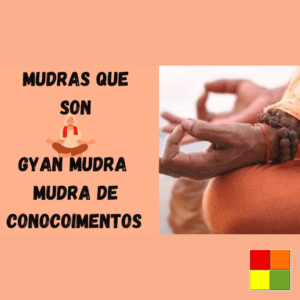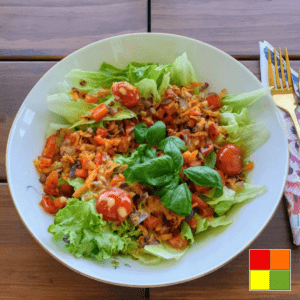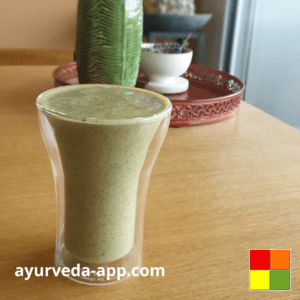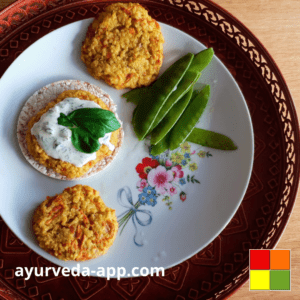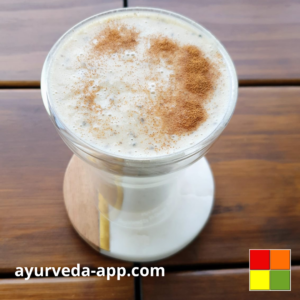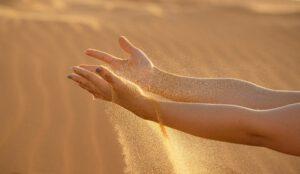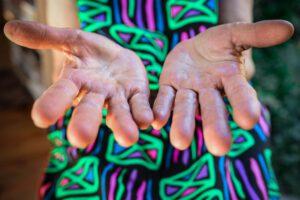
Ayurveda can change your life!
Ayurveda is a timeless Tradition for Holistic Wellness. This ancient holistic healing system, often called the “science of life,” was originated in the Indian subcontinent thousands of years ago. Moreover, derived from the Sanskrit words “Ayur” (life) and “Veda” (knowledge), Ayurveda embodies a comprehensive approach to wellness, focusing on the balance of mind, body, and spirit. Besides, in recent years, Ayurveda has gained significant recognition worldwide for its numerous advantages in promoting overall health and well-being. Furthermore, this Ayurveda compendium explores some of the key advantages of Ayurveda and sheds light on why it continues to be relevant and influential even in modern times.
Highlights of the Ayurveda App
Ayurveda Doshas and Energy Elements
At the heart of Ayurvedic healing and life science is the determination of the doshas’ constitution. Every person is unique and has a distinct interaction on physical and psychological levels.
In Ayurveda, “being healthy” means being in inner balance with the doshas. An imbalance in physical and mental constitutional powers causes diseases.
Find out your dosha and learn more about this important topic.
Ayurveda and Yoga are interconnected, being thousands of years old and originating in India. They share the same principles, with Ayurveda incorporating Yoga as a fundamental part of its practice.
Yoga, Meditation, and Pranayama are incredible tools for well-being. They help you connect with yourself and your spirituality, stay mentally present, reduce stress, increase focus, and relieve anxiety. Including the teachings of Yoga and Ayurveda in your daily life can be transformative.
Browse our posts and include what resonates with you in your daily routine!
Ayurveda cooking uses food, spices, and herbs to nourish and balance the body. It supports each person’s unique constitution with specific foods and spices, emphasizing fresh, whole, local, and seasonal foods. This approach promotes digestion, boosts immunity, and improves overall health. Explore our delicious Ayurvedic recipes for your healthy life, with tips for your Dosha constitution.
In Ayurveda, health issues stem from imbalances in your natural doshas. These can arise from diet, lifestyle, spiritual neglect, poor sleep, lack of exercise, and other life pillar imbalances. To treat diseases, Ayurveda offers strategies to identify and address these imbalances, aiming to treat or mitigate the damage caused by various conditions. Browse through our articles to discover how Ayurveda can help with your specific health concerns.
You can also get online help from our Ayurveda specialist for your specific constitution and situation.
Incorporating Ayurveda into your daily life is easier than you might think. You don’t need to follow every aspect to achiev results and feel better. Simply adopting a few Ayurveda health tips that fit to your lifestyle can help. Discover our practical tips for incorporating Ayurveda into your life.
Ayurveda Individualized Approach
Moreover, one of the key strengths of Ayurveda lies in its individualized approach to health and healing. It recognizes that each person is unique, with a distinct constitution known as “Prakriti.” Ayurveda analyses an individual’s prakriti, taking into account various factors such as body type, lifestyle, and personality traits. This personalized approach allows Ayurvedic experts to develop custom treatment plans, including diet, herbal medicines, and lifestyle modifications, to restore balance and promote optimal health. Besides, by addressing the root causes of imbalances rather than merely treating symptoms, Ayurveda offers a holistic approach to well-being. In this Ayurveda Compendium, we recommend specific tips and treatments for different constitutions.
Ayurveda Emphasis on Prevention
Ayurveda places significant emphasis on preventive healthcare. The ancient texts advocate the importance of maintaining a healthy lifestyle and cultivating habits that promote longevity. For example, Ayurvedic practices such as daily self-care routines, mindful eating, and seasonal detoxification help to prevent the onset of diseases and maintain overall wellness. Besides, by focusing on prevention, Ayurveda empowers individuals to take charge of their health and make informed choices that support their well-being, leading to a better quality of life. A good part of this Ayurveda compendium is devoted to preventing disease and maintaining good health.
Ayurvedic Natural Healing Methods
Another notable advantage of Ayurveda is its reliance on natural healing methods. Ayurvedic treatments utilize a wide range of herbs, minerals, and plant-based medicines that are derived from nature. These medicines are often gentle, safe, and have minimal side effects when used under the guidance of a trained expert. Additionally, Ayurveda recognizes the interconnectedness of mind and body, emphasizing the importance of mental and emotional well-being in overall health. Practices such as diet, meditation, yoga, panchacarma cure, ayurvedic treatments, and breathing exercises are integral parts of Ayurvedic therapies, promoting relaxation, stress relief, emotional balance, and a healthy body.
Integration of Body, Mind and Soul
For Ayurveda, the body, mind and soul are interconnected, and achieving balance among these aspects is vital for optimal health. Unlike many modern medical systems, that tend to focus solely on physical symptoms, Ayurveda takes into account the emotional, psychological, and spiritual well-being of an individual. By addressing the root causes of imbalances holistically, Ayurveda promotes a deeper understanding of oneself and encourages individuals to align their thoughts, actions, and lifestyle choices with their inherent nature. This integrated approach not only fosters physical health but also enhances mental clarity, emotional stability, and spiritual growth.
Ayurveda is as Time-Tested Wisdom
Ayurveda has withstood the test of time, surviving for thousands of years as a comprehensive system of medicine and wellness. Its longevity is proof to its effectiveness and the benefits it offers to countless individuals. Furthermore, Ayurvedic principles and practices have been refined and perfected over centuries, incorporating the wisdom and knowledge of generations of practitioners. This accumulated experience and knowledge have contributed to Ayurveda’s reliability and credibility, making it a trusted source of healing and wellness for millions of people worldwide.
How to use this Ayurveda Compendium
In conclusion, Ayurveda’s advantages are numerous and varied, making it a valuable system of medicine and wellness. With its individualized approach, focus on prevention, natural healing methods, integration of mind, body, and spirit, and time-tested wisdom. Moreover, Ayurveda provides a comprehensive framework for promoting holistic well-being. By embracing Ayurveda, individuals can gain deeper insights into their health. In addition, they can make informed lifestyle choices, and maintain a harmonious balance among their physical, mental, and spiritual dimensions. As Ayurveda continues to gain recognition globally, its timeless advantages offer a ray of hope for those seeking a holistic approach to health and wellness in the modern world.
Use this Ayurveda Compendium to guide you through your Ayurveda journey. It’s full of authentic and quality knowledge about many Ayurvedic topics and it is still growing! Browse the compendium weekly for Ayurveda updates.
Browse the compendium:
Click on our topics below to discover more about Ayurveda














